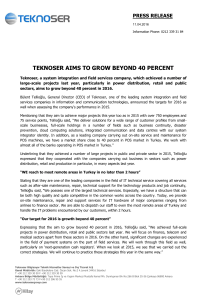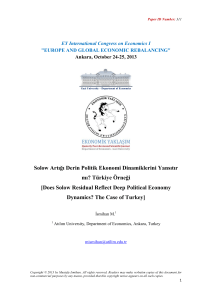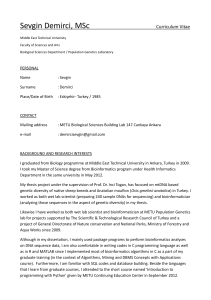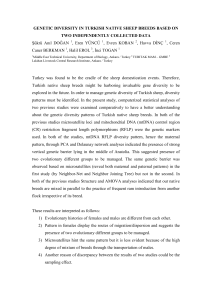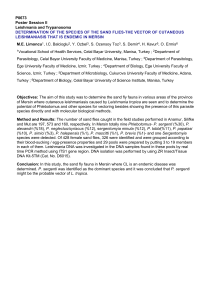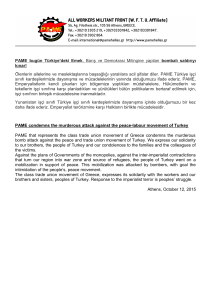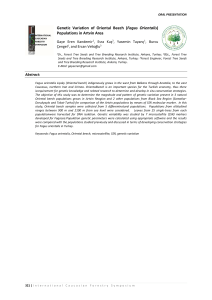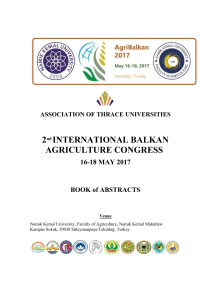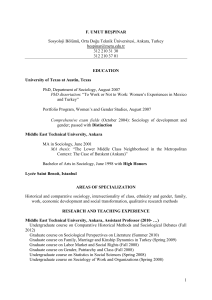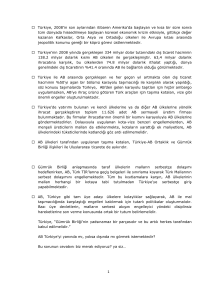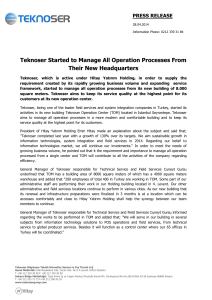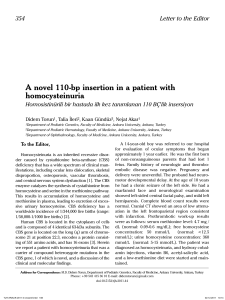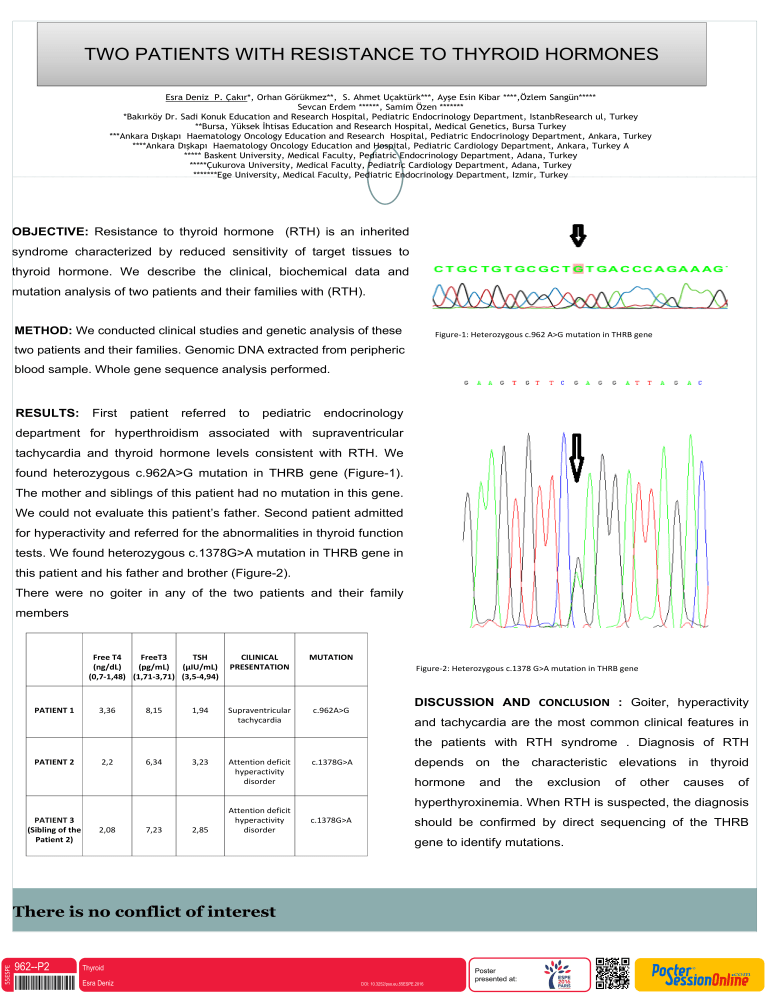
TWO PATIENTS WITH RESISTANCE TO THYROID HORMONES
Esra Deniz P. Çakır*, Orhan Görükmez**, S. Ahmet Uçaktürk***, Ayşe Esin Kibar ****,Özlem Sangün*****
Sevcan Erdem ******, Samim Özen *******
*Bakırköy Dr. Sadi Konuk Education and Research Hospital, Pediatric Endocrinology Department, IstanbResearch ul, Turkey
**Bursa, Yüksek İhtisas Education and Research Hospital, Medical Genetics, Bursa Turkey
***Ankara Dışkapı Haematology Oncology Education and Research Hospital, Pediatric Endocrinology Department, Ankara, Turkey
****Ankara Dışkapı Haematology Oncology Education and Hospital, Pediatric Cardiology Department, Ankara, Turkey A
***** Baskent University, Medical Faculty, Pediatric Endocrinology Department, Adana, Turkey
*****Çukurova University, Medical Faculty, Pediatric Cardiology Department, Adana, Turkey
*******Ege University, Medical Faculty, Pediatric Endocrinology Department, Izmir, Turkey
OBJECTIVE: Resistance to thyroid hormone (RTH) is an inherited
syndrome characterized by reduced sensitivity of target tissues to
thyroid hormone. We describe the clinical, biochemical data and
mutation analysis of two patients and their families with (RTH).
METHOD: We conducted clinical studies and genetic analysis of these
Figure-1: Heterozygous c.962 A>G mutation in THRB gene
two patients and their families. Genomic DNA extracted from peripheric
blood sample. Whole gene sequence analysis performed.
RESULTS:
First
patient
referred
to
pediatric
endocrinology
department for hyperthroidism associated with supraventricular
tachycardia and thyroid hormone levels consistent with RTH. We
found heterozygous c.962A>G mutation in THRB gene (Figure-1).
The mother and siblings of this patient had no mutation in this gene.
We could not evaluate this patient’s father. Second patient admitted
for hyperactivity and referred for the abnormalities in thyroid function
tests. We found heterozygous c.1378G>A mutation in THRB gene in
this patient and his father and brother (Figure-2).
There were no goiter in any of the two patients and their family
members
Free T4
FreeT3
TSH
(ng/dL)
(pg/mL)
(µIU/mL)
(0,7-1,48) (1,71-3,71) (3,5-4,94)
PATIENT 1
3,36
8,15
1,94
CILINICAL
PRESENTATION
Supraventricular
tachycardia
MUTATION
Figure-2: Heterozygous c.1378 G>A mutation in THRB gene
c.962A>G
DISCUSSION AND CONCLUSION : Goiter, hyperactivity
and tachycardia are the most common clinical features in
the patients with RTH syndrome . Diagnosis of RTH
PATIENT 2
PATIENT 3
(Sibling of the
Patient 2)
2,2
2,08
6,34
7,23
3,23
2,85
Attention deficit
hyperactivity
disorder
Attention deficit
hyperactivity
disorder
c.1378G>A
depends
hormone
on the characteristic elevations
and
the
c.1378G>A
55ESPE
other
causes
of
should be confirmed by direct sequencing of the THRB
gene to identify mutations.
Thyroid
Esra Deniz
of
hyperthyroxinemia. When RTH is suspected, the diagnosis
There is no conflict of interest
962--P2
exclusion
in thyroid
DOI: 10.3252/pso.eu.55ESPE.2016
Poster
presented at:

